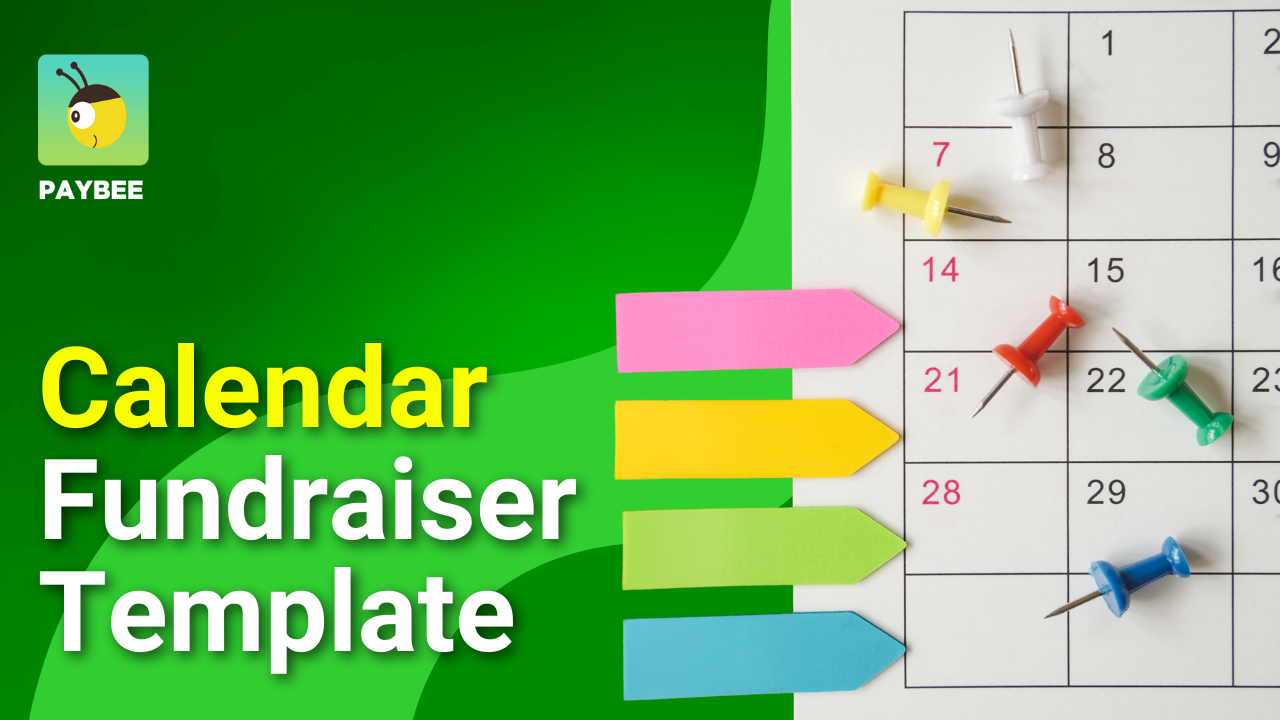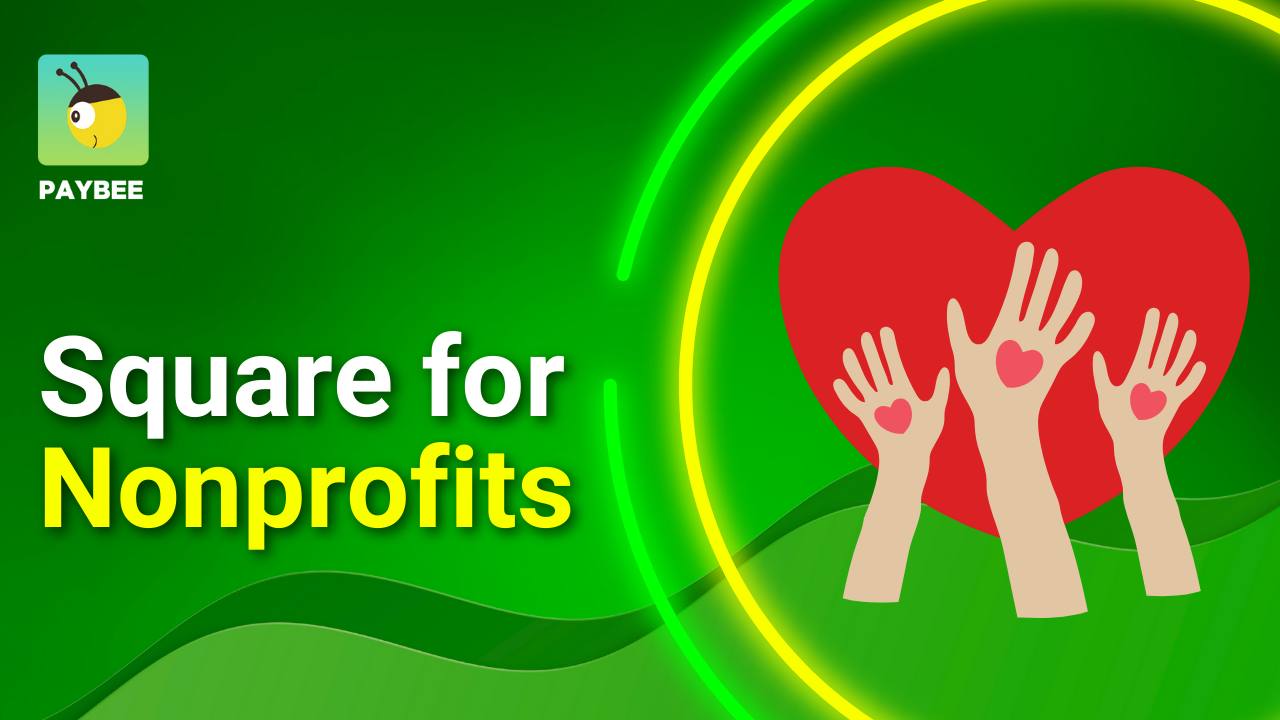
Calendar Fundraiser Template: A Smarter Way to Plan Your Year Using Calendar Fundraiser Templates
Calendar Fundraiser Template: A Smarter Way to Plan Your Year Using Calendar Fundraiser Templates
No matter if you’re running a large or small nonprofit, calendar fundraiser templates are a great way to map out your fundraising journey for an entire year. Not only does using a template help you see what fundraisers you’ll be holding during the upcoming year, it also lets you break down all the different tasks necessary to pull off a successful event.
Top 5 Reasons to Use a Calendar Fundraiser Template
- Saves Time: Pre-set schedules mean you’re not starting from scratch.
- Improves Organization: Visually track tasks like “email donors” or “book venue” in one place.
- Enhances Donor Engagement: Plan timely follow ups to keep supporters excited.
- Adapts to Your Needs: Customizable for any event from silent auctions to fun 5k runs.
- Supports Teamwork: Share updates easily, even with volunteers on the go.
They’re a really simple tool that turns chaos into strategy. It’s like a roadmap for your nonprofit’s campaign, laying out every step so you can focus on what matters, raising funds and making an impact.
And our templates are the best ones we’ve seen and come from our own client’s requests and experience. So especially if you’re just starting out, or even if you’re running a huge organization, these templates will save you a ton of time and speed up planning. In addition, they’ll also give you an easy to use visual reference for your fundraiser and all the steps needed to to get you there whether it’s a bowl-a-thon fundraiser, or a community food drive.
What Is a Calendar Fundraiser Template?
A calendar fundraiser template is your nonprofit’s blueprint for pulling off a successful campaign without losing your mind. The main reason to use one is so you can easily ‘see’ each piece of the puzzle in a clear way so it’s much easier to plan.
Think of it like a wall calendar, but instead of dentist appointments, it’s packed with “launch a crowdfunding page on Facebook” or “call top donors.” It’s created to make campaign planning smooth er whether you’re a small community group or a big charity.
At its core, a good calendar fundraiser template includes:
- Event schedules broken down by date, week, or month
- Sections for key details like deadlines, locations, budgets, and tasks
- Reminders for donor communication, marketing outreach, and social media posts
- Checklists to mark completed tasks and highlight what’s still pending
- Options for template customization, so it fits your nonprofit’s workflow
These templates break down your different types of fundraising into bite sized pieces and can be as detailed as you need. They can also be online using free tools like Google Sheets so they can be easily shared and updated, or you can print them off and literally hang them on the wall as your daily calender. Either way, they’re extremely flexible allowing you to edit any of our templates so they can be used for a bake sale, a virtual 5K, or seasonal fundraisers. These sheets make sure you never overlook even the tiniest detail and that each task is assigned to someone for accountability.
Comparison of Digital vs. Printable Templates
Types of Templates
Not all fundraising plans are created equal, and neither are the templates that help you run them. Whether you're hosting a quick community yard sale or mapping out a year of donor drives, there's a calendar fundraiser template to match your needs.
Let’s break it down.
Monthly Templates
These are ideal for short term campaigns like small local events, flash fundraisers or seasonal giving drives like GivingTuesday. They help you zero in on daily to-dos without getting lost in the bigger picture.
Yearly Templates
Planning a full 12 month strategy or even longer? A yearly or even longer term calendar gives you a proper overview of what you have planned and when each task deadline is in order to get you there. This can also help from overlapping your efforts or trying to cram too much into one time period.
Digital Templates (like Google Sheets or Google Docs)
Google makes it super simple to share your sheets with your team. You’re also able to give them editor rights so they can be updated at any time. So now your staff can clearly see what their personal responsibilities are and can check off what’s been accomplished as each day passes making sure nothing slips under the radar. Compare that with sending a ton of emails and you can see why these templates are a serious time saver!
Printable Templates
I personally am very visual and I find it really helpful to have a printed calendar on my wall so I can see precisely what needs to be done and when. I also really like checking off each of the tasks as they’re completed as it gives me a real sense of accomplishment. But remember, each format works differently, so think about how your team works and pick the one that helps everyone stay on track.
Types of Templates
How to Create a Template That Actually Works
You don’t need sophisticated software or a design degree to build a calendar fundraiser template that’s useful. This isn’t about looking pretty. It’s about helping your nonprofit get things done, without all the normal chaos. So we recommend you starting off with something simple like Google Sheets to organize everything, then switching to Canva if you want a visual representation or something that actually looks like a real calendar.
You don’t need fancy software or a design degree to build a calendar fundraiser template. All you really need is a plan, a solid platform, and a few minutes to map things out. This isn’t about looking pretty, it’s about helping your nonprofit get things done, without all the chaos.
Here’s how to create your own template step by step.
Steps to Create a Custom Template
- Pick Your Tool
Google Sheets is a great go to since it’s easy to share, update, and you and your team can access it from anywhere. Canva works great if you want a more visual layout. Word or Google Docs can work too, especially for simple lists or printable versions. - Lay Out the Essentials
Create fields for the stuff you’ll actually need:
- Event name (like “Fall Raffle” or “Library Book Drive”)
- Date and time
- Tasks (setup, promo, volunteer shifts, follow-up)
- Who’s in charge (because “everyone” usually means no one)
- Add Key Dates
Drop in national holidays, Giving Tuesday, year end deadlines, and any known community events you want to piggyback on, or avoid. Planning around these lets you show up when people are ready to give. - Customize for Your Needs
Want color coded campaigns? Add them. Need columns for budget notes or donor follow-ups? Add those too. This is your roadmap, build it to match the way your team works and not just some default layout. - Make It Mobile-Friendly
Let’s be real, most of your team isn’t sitting at a desk all day. Using tools that look good and load fast on a phone is going to make everyone’s lives easier. Google Sheets nails this. Canva has mobile editing too. And both are free tools to use, so take advantage of them. - Save a Master Copy
Once it’s built, save a blank version. That way, you can reuse it every year without starting over!
A good calendar doesn’t just help you plan, it helps you show up prepared. So whether it’s a school car wash or a donor gala, this template will keep you (and your whole team) one step ahead. And as you can see with our steps above, they’re easy enough to make and can save you so much stress.
Our Best Calendar Templates for Any Nonprofit!
It’s always easier to start something with a pre-built template rather than starting from scratch. And the best part is, our templates are highly customizable so you can tweak them to match your own way of doing things perfectly. Just copy and paste them to your own Google account, or simply download them and start tweaking!
Here’s what your calendar could look like so you have a visual idea of what you’re going for.
How to Use This Template:
- Customize each month based on your unique events and fundraising cycle.
- Keep running totals of income and costs to stay within budget.
- Adjust Staff/Volunteer Hours as needed to avoid burnout.
- Use the Notes column to track time-sensitive reminders or observations.
How to Maintain an Annual Calendar
Hold Regular Team Check-Ins
Your fundraising priorities change change dramatically throughout the year, and so should your calendar templates. There are all kinds of things that could disrupt your planned events, so it’s really important you and your team hold either monthly or at least quarterly meeting to make sure your calendar is still up to date. These meetings can help you:
- Build the Calendar Collaboratively
Peopel always say two heads are better than one, so imagine fifteen all collaborating on your calendar and how much can get accomplished. Different departments offer valuable insights on what’s possible, who’s available, and what resources will be needed to get each step finished effectively. You might think the IT team can handle a new donation portal solo, but a team meeting might reveal it also needs close collaboration with marketing and donor relations. - Assign Clear Ownership
Every activity, big or small, should have a designated owner, whether it's an individual, department, or committee. These meetings make sure everyone knows their role and what’s expected of them. This also helps to keep people accountable and alert you to shortcomings. - Adjust as You Go
The best plans still hit snags. Stay open to feedback from the people doing their assigned tasks. Maybe one event brought in more than expected. Or maybe a campaign is behind due to delays for any number of reasons. These touchpoints let you quickly pivot and redistribute your resources correctly so you can stay on track.
Ongoing communication gives you a fuller picture of what’s really happening behind the scenes. This allows for smarter planning, better teamwork, and more realistic expectations throughout the year.
Monitor Progress Toward Your Goals
Think of your calendar as your fundraising GPS. Sometimes you’ll need to reroute or go around an obstacle, but the destination always stays the same.
- Regularly review how your activities align with your annual revenue goals.
- Track how much income each campaign, donor segment, or event generates.
- If something underperforms, say a spring event gets rained out, look for ways to close the gap with stronger efforts later in the year.
The key is flexibility. Be willing to shift priorities while keeping your eyes on the end goal.
Keep Donor Engagement Going Year Round
Your calendar might focus on major campaigns, but all of those little things matter just as much as the big ones.
- Make time for spontaneous donor recognition, thank-you notes, and personalized updates.
- Have a system in place that welcomes new donors warmly, even if they give between major campaigns.
- Celebrate small wins. Share impact stories. Offer quick check-ins or surveys.
These daily touchpoints build long term loyalty and show your supporters that they matter even when you’re not asking for donations.
Best Practices to Keep You On Track
Creating your fundraising calendar is just the beginning—keeping it relevant and effective takes ongoing care. These best practices will help ensure your calendar remains a living, breathing tool your team actually uses.
Build In Flexibility
Unexpected things will come up, whether it’s a last minute grant opportunity or a natural disaster threatening your golf charity event. So leave space in your schedule for changes, chances are there will be a few. Also, the bigger and more complex the event is, the more ‘buffer time’ you should allot to avoid overloading any one month. Think of it as "planned breathing room" that helps you pivot without panic.
Review and Refresh Quarterly
Don't set it and forget it. Set a recurring reminder to revisit your calendar every 3 months. These check-ins give you the chance to:
- Adjust timelines based on actual progress
- Add or remove events
- Rebalance workloads across teams
- Reprioritize based on your nonprofit’s evolving needs
Treat it like a tune up, not a total overhaul.
Go Beyond Fundraising Events
A great calendar doesn’t just list tasks and assignments, it goes further to include all aspects like volunteer acquisition and keeping donors excited about the event and afterwards grateful they attended. Make sure to include:
- Internal planning meetings
- Donor touchpoints (thank-you emails, handwritten cards, impact updates)
- Content rhythms like newsletters, blog posts, or social media campaigns
These "behind the scenes" elements often make or break the success of major campaigns.
Make It a Team Effort
Your calendar should be a shared resource, not a top down document. Encourage everyone on your team to:
- Suggest updates or improvements
- Mark progress and completed tasks
- Add helpful notes or reminders
The more collaborative and visible it is, the more likely your team is to stay aligned and accountable throughout the year.
Frequently Asked Questions
How does a calendar fundraiser template work? It organizes fundraising events by providing a structured layout to track dates, tasks, and goals, streamlining nonprofit campaign management.
What types of calendar fundraiser templates exist? They include monthly, yearly, digital (e.g., Google Sheets), and printable templates, each suited for specific fundraising needs.
How do I create a template? Select a platform like Google Docs, define event fields, and customize for mobile friendly access to plan fundraising effectively.
What are the best strategies for using a calendar fundraiser template? Sync with CRMs, use color-coding, and align with donor cycles to maximize fundraising success.
What are 2025 trends for calendar fundraiser templates? Trends include AI-driven scheduling, mobile-first designs, and social media integration for enhanced fundraising.
Wrapping Up
As you can see, these templates can offer a lot of benefits while also reducing stress and confusion. They’re simple and easy to make using our step by step process above, and best of all there is not really any costs associated with a solid template other than some time. And if you get a volunteer that excels at Excel, then it truly is free! So it really would be quite silly not to use one.
It’s always these seemingly small things that successful nonprofits have learned to use that keeps them so competitive. It’s not always the fancy galas, or whale donors, but rather efficient ways to plan and pull of your fundraising campaigns while still leaving time to pursue your mission. Combine these little ideas with a full suite of online tools like Paybee to run your business and you’ll be competing in the big leagues overnight, no matter how small your charity is.
Start Fundraising






